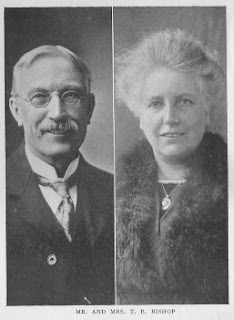Streetlevel tour of Scopes sites
I recently noticed that Google Maps & Earth finally upgraded Dayton to high resolution photos and to streetlevel views of many of the streets in town. That inspired me to create this little tour of sites associated with the Scopes Trial. Dayton Coal & Iron Co. Mines Dayton's involvement in the Scopes Trial began with the failure of one of its major employers, the Dayton Coal & Iron Company. There had been a number of companies that had tried to sustain a mine in the area (in fact, there are old mine works in the hills behind my house). None of them were very successful. The latest closure led to the famous meeting in Robinson's Drugstore where F.E. Robinson and George Rappleyea came up with the idea of answering the ACLU's ad for someone to break the recently-passed Butler Act, which outlawed the teaching of human evolution in Tennessee high schools. There's not much to see in the street level view, but if you follow that gravel road, you'll eventua...




